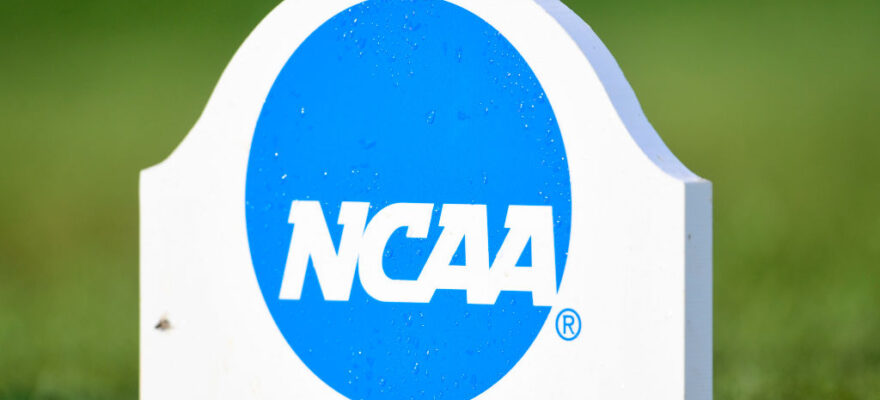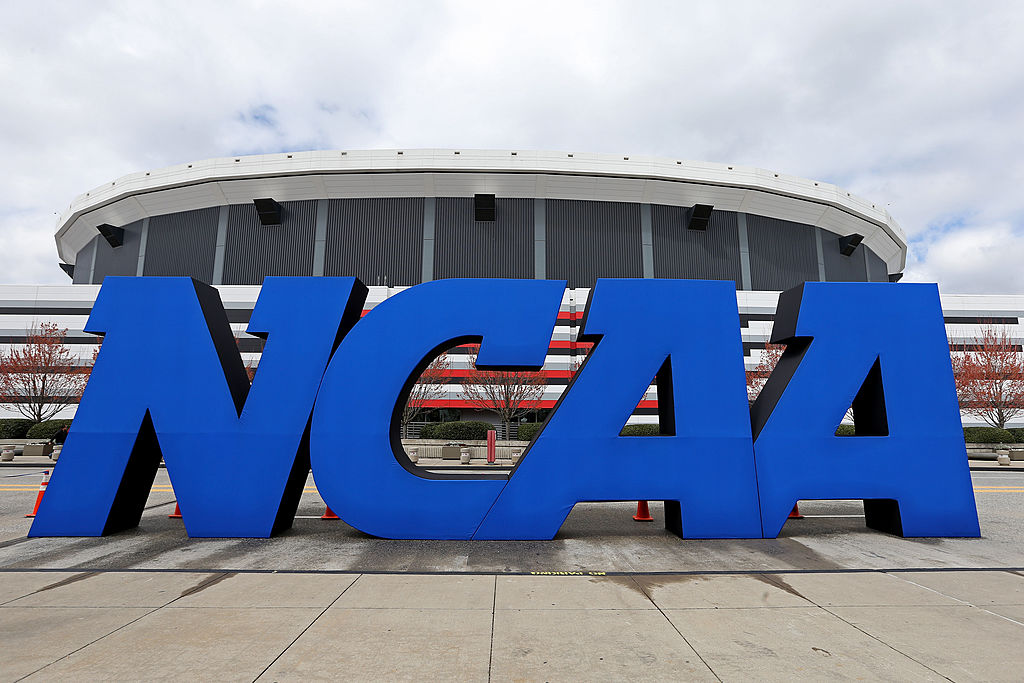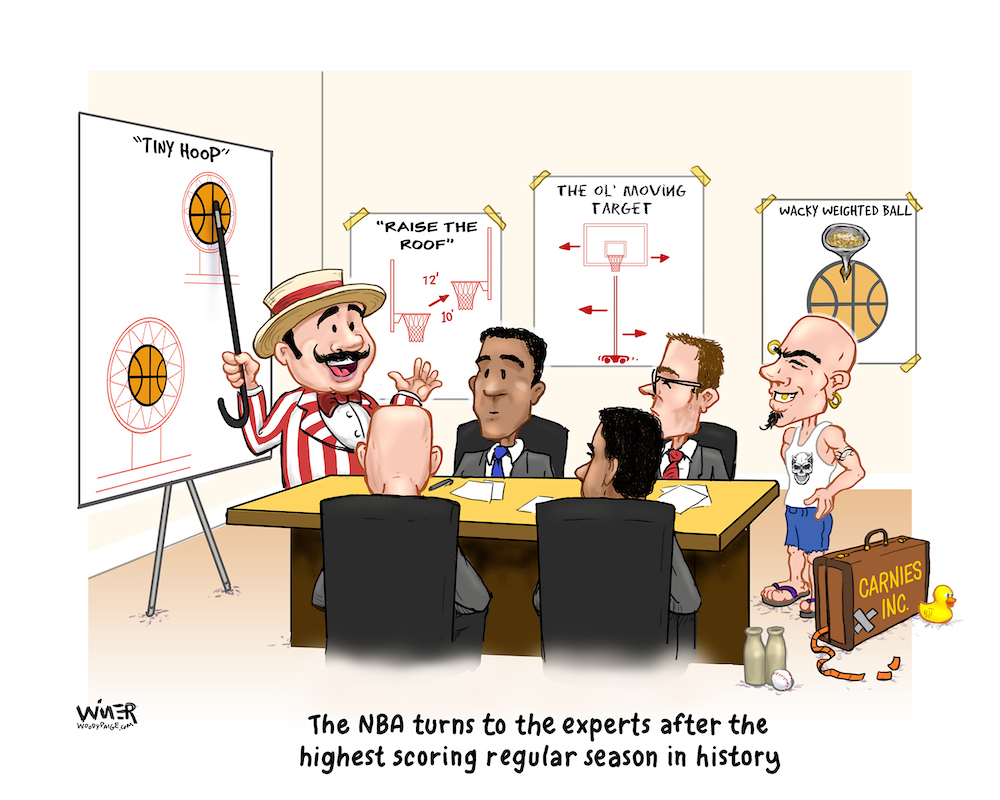In recent years, the cries that “college athletes should be paid” have grown louder and louder. Until COVID.
Not hearing much about that anymore — and with good reason.
Collegiate sports are in survival mode at the moment. Observers are being forced to realize that college athletic departments aren’t rolling in money and are about more than just big time football and basketball. Paying the athletes was never feasible.
Instead, what you’ll be hearing more about in the coming months is how many college athletes will be paying to play. Let’s just say it’s going to start “trending.”
It’s no secret that the current finances at a lot of NCAA members institutions are in dire straits, largely due to the pandemic. But even before that, there were issues. Considered the model NCAA athletic department, Stanford just announced that 11 varsity sports are being “discontinued at the varsity level” after the 2020-21 school year with a projected savings of about $70 million over the next three years. The pandemic sped things up, but the school was considering cost saving measures even before March Madness got wiped out.
In a lengthy statement, the school admin explained the decision – including the role that the pandemic played in making it – while adding that all of these non-revenue producing sports “will have the opportunity to transition to club status after they conclude their 2020-21 varsity season.”
There it is: The mantra of many college athletic departments in the not-so-distant future: “We can no longer pay for you to play for the school…but we can still give you a uniform if you want to start paying for it.”
At Stanford, these 11 soon to be orphan sports programs have been offered a new home: The university’s student recreation department, which controls the school’s “Club Sports” programs.
These are programs within a university (not just Stanford) that field some highly competitive athletes and teams in a multitude of sports – including baseball and hockey – where the students must pay a fee to compete. In some cases, that fee can be rather hefty, considering the club teams have to pay their own way for travel and equipment. Stanford is announcing that these 240 student athletes and their sports – men’s and women’s fencing, field hockey, lightweight rowing, men’s rowing, co-ed and women’s sailing, squash, synchronized swimming, men’s volleyball and wrestling – can pay their own way and keep competing as representatives of the school if they choose to do so.
It makes perfect (dollars and) sense.
The future of NCAA athletics (assuming there is an NCAA moving forward) will include a streamlining of all varsity (scholarship) sports. As a result of the pandemic, the number of sports that compete under the umbrella of the athletic department will dwindle. Non-revenue producing sports are ALL now on an endangered species list.
Big time football is in no danger of course. We could skip the 2020 college football season because of the pandemic and still every big time program would reboot and be ready for 2021. The cash cow will survive. Most Men’s basketball programs will also be just fine, and a lot of women’s too. But keep an eye on baseball. The most expensive non-revenue sport (budget-wise) has, over the years, been already been discontinued at several major schools across the country – Wisconsin, Iowa State, Colorado, Syracuse, SMU, Colorado State, UTEP and Wyoming – just to name a few (and of course Boise State joined the list last week) largely due to the cost (along with Title IX restrictions.) Instead, many of these schools now field highly competitive club teams. They have their own post season, tournament, and crown a national champion. You just don’t see it on TV. Not yet, anyway.
While the number of schools that have varsity hockey teams isn’t as great as some other sports, club hockey is a big (and expensive) deal, too. It’s easy to see wrestling going the club route, along with sports like tennis, golf, and others.
Also, as a result of the financial damage caused by the pandemic, the number of sports that compete under the umbrella of the recreation department – with the student-athletes paying their own way – is going to expand nationally, with no real limits. As long as student athletes are willing to pay to play, there’s no real reason for the schools to decline.
The real question is how long before fans, media, and the schools themselves begin to look at club sports through a different, more competitive lens? For example, it’s not if, but when, will the Big Ten TV network decide to televise a Wisconsin Badgers club baseball game? The way things are trending, they may not have a choice.
Listen to Mark Knudson on Monday’s at 12:30 with Brady Hull on AM 1310 KFKA and on Saturday mornings on “Klahr and Kompany” on AM 1600 ESPN Denver.
More from The Woody Paige Sports Network:
- Betting odds to win the 2020 World Series
- Time to stop bashing MLB over imperfect response to pandemic
- Woody Paige: Thanks to MLB owners, there will be crying in baseball
- Happy Father’s Day: Saluting the WWII pilot, college and NFL coach … and Dad
- Underdogs once again: Boise State Baseball players pledge to save program




















